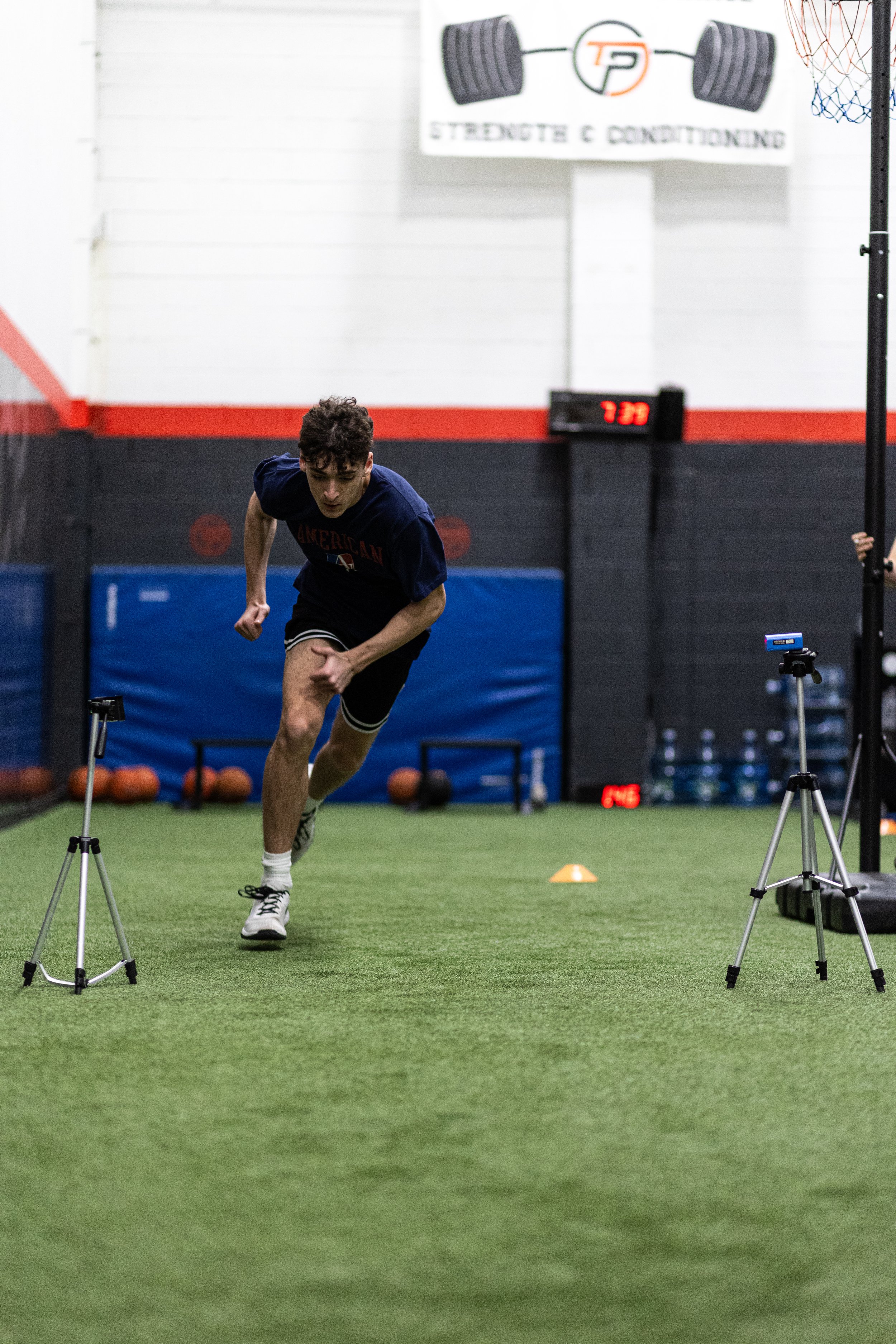The Modern Sports Injury Dilemma: A Deep Dive into the Changing Landscape of Youth Athletics
/In the realm of modern sports, the rise in injuries among young athletes has become a pressing concern. This issue is multifaceted and complex, driven by changes in how young athletes train, play, and perceive their own physical limits. Let’s unpack these perspectives to better understand the nuances of the sports injury dilemma.
The Vanishing Playground: Under-preparation in Youth Sports
Once upon a time, the playground was the primary training ground where young athletes honed their physical skills. Kids would climb, run, jump, and engage in a variety of games, which naturally developed a broad base of physical capabilities. Fast forward to today, and this scenario has drastically changed. Modern youth athletes, driven by technology and structured lifestyles, spend less time playing outside. The lack of diverse physical play during critical developmental years leads to under-preparation for the demands of organized sports. This shift has resulted in athletes who are physically underprepared — lacking in general physical robustness and the varied motor skills that come from unstructured play. Such a foundation is crucial not only for performance but for injury prevention as well.
Expanding on the Shift in Cultural Attitudes: The Necessity of Pushing Limits for Progress
Another significant factor contributing to the rise in youth sports injuries is early specialization. The trend of focusing on a single sport from an early age — often coupled with year-round training — mirrors the repetitiveness of a daily job rather than a varied athletic development. This intense, repetitive practice of specific skill sets and movements can lead to overuse injuries. Muscles, joints, and ligaments are subjected to continuous, similar strains without adequate recovery periods, increasing the likelihood of stress-related injuries. This hyper-focused approach also neglects the development of other physical skills and muscle groups, which can help balance the body's mechanics and reduce injury risks.
The evolving attitudes towards managing pain and injuries in sports carry significant implications, particularly regarding how athletes push their limits. Historically, pushing through discomfort was not just common but often regarded as a hallmark of dedication and toughness in sports. Today, the pendulum has swung towards a more cautious approach, prioritizing immediate health and long-term wellbeing over short-term gains. However, this shift raises important questions about the balance between safety and the necessary challenge required to achieve higher levels of performance.
Athletes often discover their true potential and capacity for improvement at the edge of their comfort zones. Training regimens that challenge physical and mental boundaries are essential for growth in any sport. The process of adaptation — where the body strengthens in response to increased demands — is fundamental to athletic improvement. However, this process inherently involves some level of discomfort and risk.
In contemporary sports cultures, there is an increasing tendency to avoid all forms of discomfort, which can be counterproductive. For example, an athlete might skip a set in their workout because they feel too tired, or they may sit out a week of practice based on generalized advice about the need for recovery. While well-intentioned, such decisions may limit the athlete's opportunity to experience the kind of demanding situations that catalyze growth and development. The challenge lies in distinguishing between fatigue that signals harmful overexertion and fatigue that is part of a normal, healthy training process.
By avoiding challenging training situations, athletes may also delay their maturation process in the sport. The resilience developed from overcoming tough training sessions or playing through manageable discomfort not only enhances physical capabilities but also builds mental toughness, crucial for competitive situations. The avoidance of all pain could lead athletes to remain within their comfort zones, where less adaptation occurs, and therefore, less improvement in performance.
Conclusion: Empowering Athletes Through Education and Managed Struggle
In addressing the dilemma of sports injuries and the evolving cultural attitudes toward pain and training, it is clear that a nuanced approach is necessary. By striking a balance between caution and challenge, we can foster a training environment that optimizes both performance and safety. The key to this balance lies in education and a managed approach to athletic struggle.
Educating athletes about the nature of pain, the importance of recovery, and the benefits of pushing their limits is fundamental. A well-informed athlete is equipped to make better decisions about their training intensity, recognize the signs of both beneficial and harmful pain, and understand the value of recovery. This knowledge not only enhances their ability to perform but also reduces the risk of injury.
Allowing athletes to experience struggle within a controlled and supportive environment is also crucial. Managed struggle helps athletes to develop resilience, learn from their physical and mental limits, and understand the necessity of overcoming discomfort to achieve higher levels of performance. It is through these challenging experiences that athletes often gain the confidence and the skill set required to excel.
By combining education with a structured yet challenging training regimen, athletes are better positioned to make informed decisions not only about their daily training but also about their long-term sports involvement. This empowerment extends to choosing the right sport or specialization that aligns with their physical capabilities, interests, and growth potential.
Coaches and sports organizations have a pivotal role in this ecosystem. They must ensure that training programs are scientifically sound, progressively challenging, and tailored to the individual needs of each athlete. Furthermore, fostering an environment that encourages open communication about pain and injuries without stigma is essential for the well-being and development of athletes.
By focusing on education and embracing the essential role of struggle in athletic development, we can help athletes navigate the complexities of modern sports. This approach not only enhances their performance and enjoyment of the sport but also ensures that they grow into well-rounded, resilient individuals who are capable of making the best decisions for their athletic and personal development.


